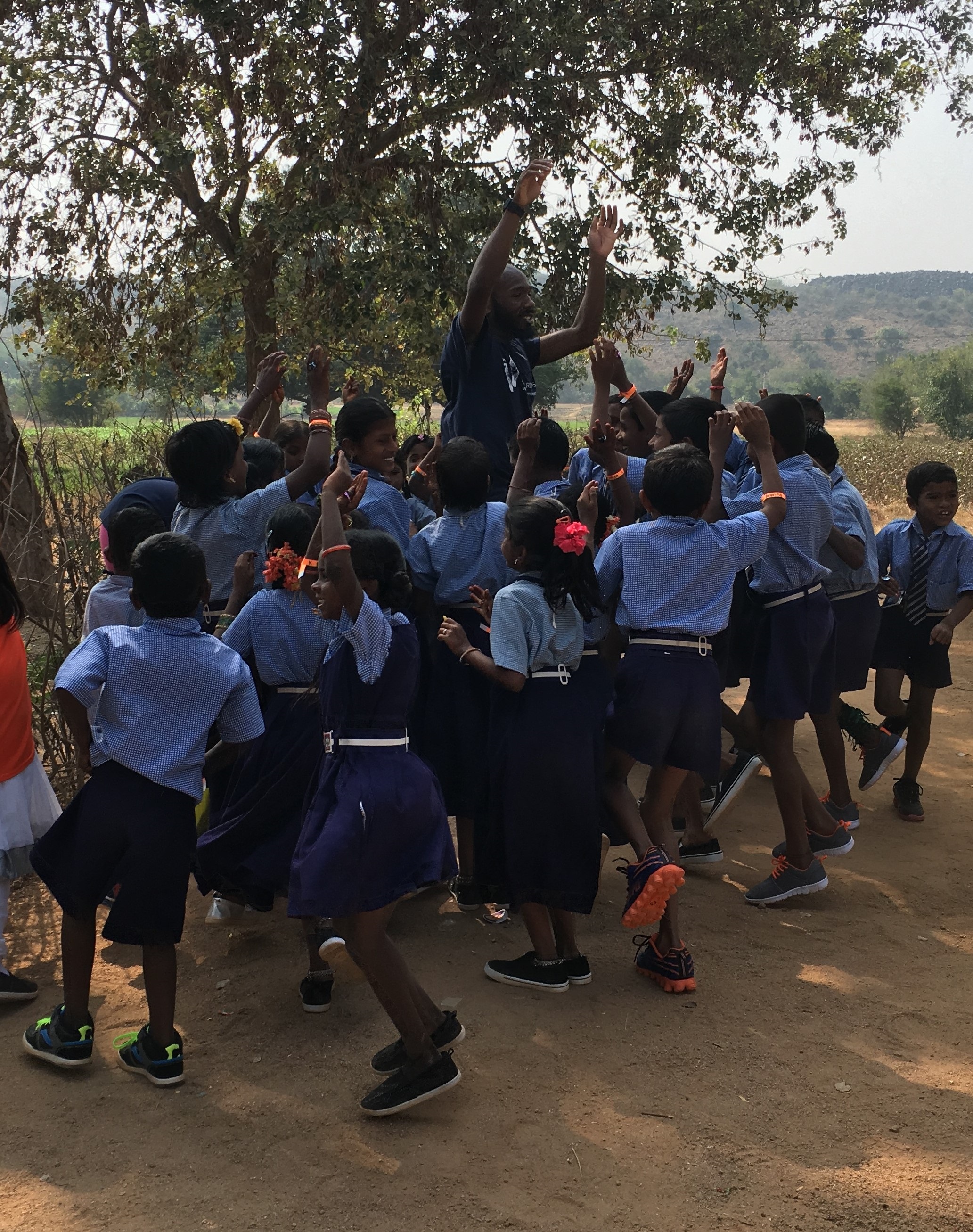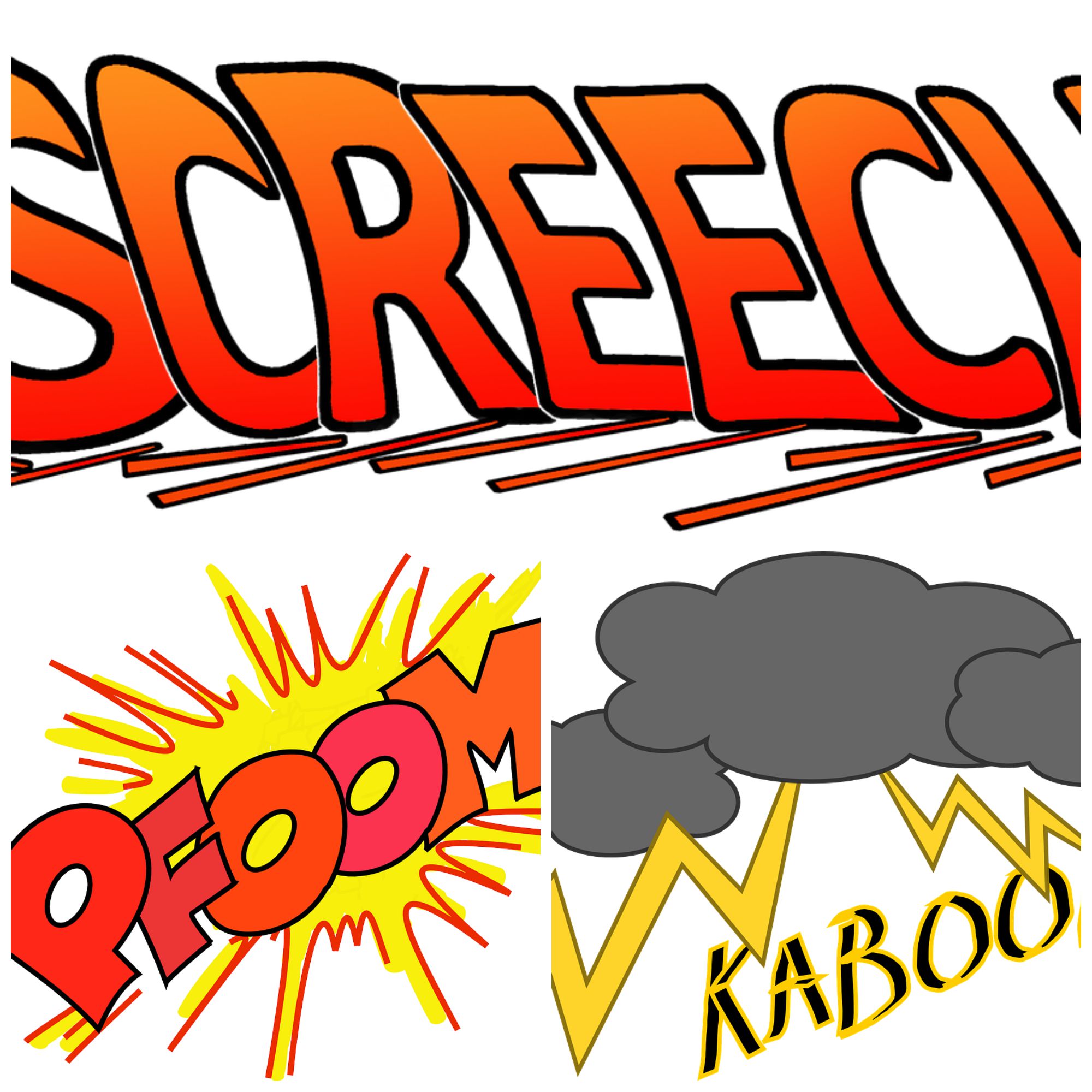
May the Embarrassing Moments Arise!
We were just about to head down the aisle before my daughter’s wedding, when I reached into my bag…
December 20, 2016
We were just about to head down the aisle before my daughter’s wedding, when I reached into my bag…
December 20, 2016
I crossed paths with Satan, the other day. He was dressed in his original disguise, as a six-foot long,…
November 20, 2016
The E’s of writing for children does not equate with ease of writing for children, but includes elements to…
October 20, 2016
I recently read these words written by an editor: “Also, do not be contended with the cut and dried…
September 21, 2016
We discussed the first three suggestion to overcoming writing obstacles in an earlier blog. Run, walk, exercise – stir…
August 17, 2016
Have you ever wandered aimlessly in your writing? A friend asked me the other day what I was working…
July 5, 2016
Obstacles. Disguised in various ways, they reveal the same evil – blocks to what we want to achieve or…
June 2, 2016
I traveled to India with Samaritan’s Feet earlier this year, which I’ve already shared a few experiences in this…
May 6, 2016
What do children’s publishers want? That is the question that all children’s writers long to have answered. What is…
April 11, 2016
I traveled to Hyderabad, India recently and we had one day of sightseeing and shopping in the city. This…
March 31, 2016
When I was in India recently, our team leader told of an Indian child who asked her if the…
February 29, 2016
Keeping the faith in your writing can be difficult. I remember sitting on my back porch with a rejection…
January 21, 2016
Where to begin? I had a friend ask me this question recently, who is interested in writing a young…
January 15, 2016
‘Twas the evening before Christmas, and through the entire shack Not a soul moved, especially tiny rat. If Clement…
December 9, 2015
Picture Book Submissions – The Mighty Manuscript The third item to include in your full proposal submission for a…
November 17, 2015
Apparently this is a controversial issue – To submit a children’s Proposal with your manuscript or not? I always…
October 13, 2015
You might be asking what you actually submit to a publisher when you submit a picture book manuscript. I…
September 30, 2015
Let’s take a look at the layout of Picture Books. Most books, including picture books are produced in pages…
September 17, 2015
Onomato-what? Onomatopoeia is what makes your picture books pop! It’s the smooth, silky, wispy words that tap into other…
August 11, 2015
So, you’ve written your masterpiece of a story. You finally put your great idea onto the pages. What a fabulous…
July 27, 2015
So you have this fabulous idea of a story for children. You’ve told bedtime stories to your children every…
June 28, 2015